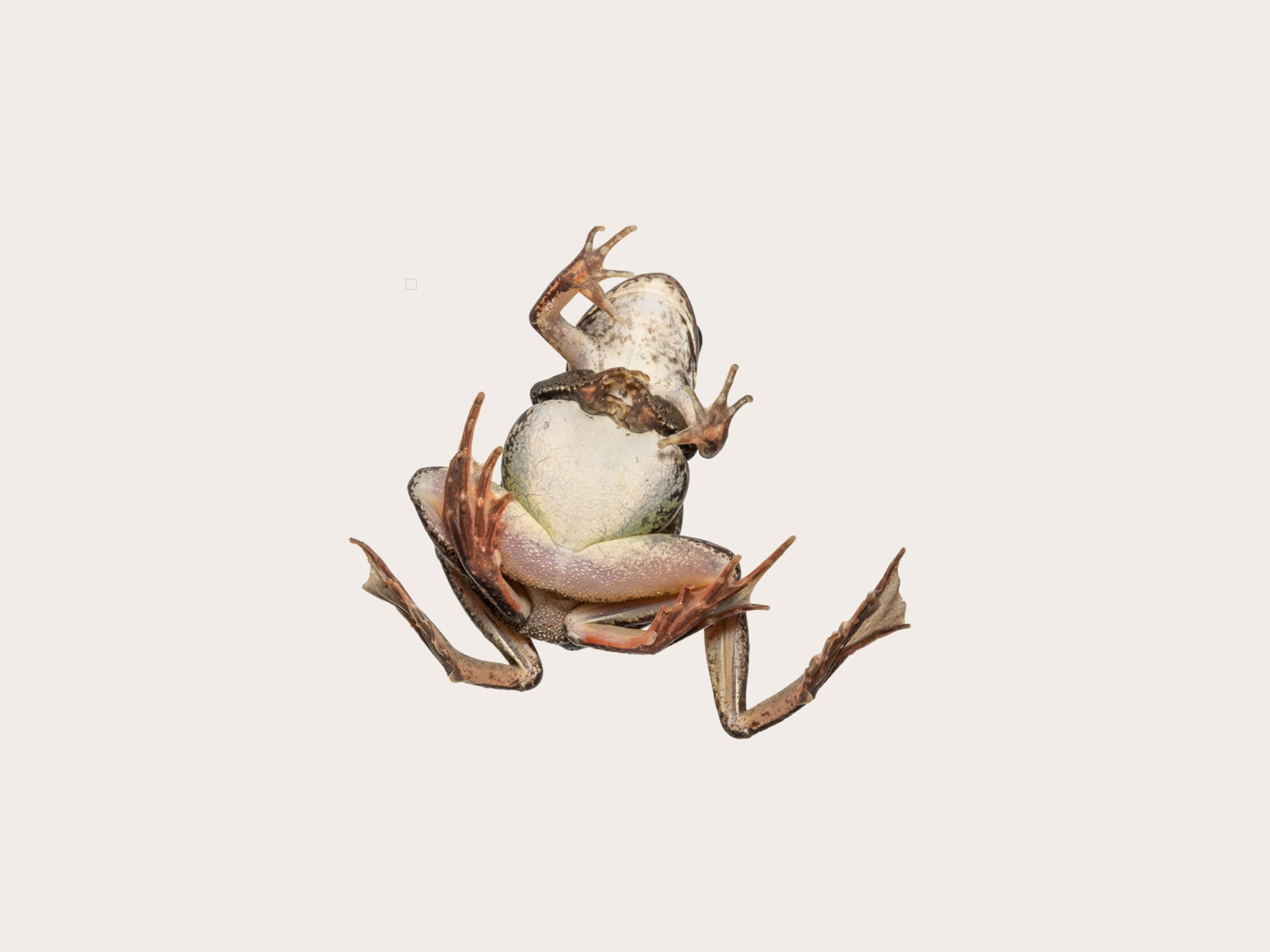Why Female Dragonflies Go to Extreme Lengths to Avoid Sex
In the Swiss Alps, the insects have evolved a way to survive encounters with aggressive males.
Some female dragonflies go to great lengths to avoid sex—they fake their own deaths.
For the first time, a scientist has observed that female moorland hawker dragonflies freeze mid-air, crash to the ground, and lie motionless when faced with aggressive males.
Called sexual death feigning, this behavior evolved to protect females against aggressive males; for instance, female moorland hawker dragonflies risk injury and sometimes death if coerced into mating. (See more examples of animals that play dead.)
Only five species, including a spider and praying mantis, are known to practice sexual death feigning, making this new discovery all the more intriguing, says Rassim Khelifa, a biologist at the University of Zurich who published a new study on the phenomenon in the journal Ecology.
“In a lot of dragonflies, males try to seize the female with or without consent,” Khelifa says. “The fittest—that is the fastest, most powerful male—is usually the one who mates.”
Life or Death
When summer arrives in the Swiss Alps, male moorland hawker dragonflies line up near ponds, waiting to pounce on potential mates. Females arrive, and the air gets thick with whirring dragonflies. When a male succeeds, the pair form a copulatory wheel, using a bit of vegetation for support. (Read about dragonflies' strange love habits in National Geographic magazine.)
The female then lays her eggs, the male long gone. When she attempts to leave, however, other males jump on her to mate again—which is when she performs the death feint.
When Khelifa studied the behavior more closely in the wild, he found that faking death works: More than 60 percent of the females he observed escaped after deceiving chasing males. (When the scientist approached these "dead" females, the insects flew away—which means they were perfectly alert the whole time.)(See "5 Animals That Mate Themselves to Death.")
All the females who did not perform the death feint were intercepted by males.
“I can imagine death feigning evolving to escape mating because males can be very aggressive," says Shannon McCauley, a freshwater ecologist at the University of Toronto Mississagua, who was not involved in the study. Harassed dragonfly females often get hurt or drown, she adds.
Male Overload
Khelifa observed that females have another diversionary tactic: They lay their eggs in dense vegetation, where it's harder for males to find them. Indeed, when Khelifa removed some males during his experiments, the females laid their eggs in more open areas.
As for how this rare behavior evolved in the Swiss Alps, Khelifa has a clue. In the sites where he worked, male dragonflies greatly outnumbered females. That's for an obvious reason—the females were trying to steer clear of males as much as possible. (See "Wild Romance: Weird Animal Courtship and Mating Rituals.")
Other studies have shown that the density of individuals affects how they behave at a reproductive site, so this could be a rare case where local conditions—ie. the high density of males—resulted in females feigning death.
As McCauley puts it, “This does indeed seem to be a case ripe for sexual conflict.”
Follow Sandhya Sekar on Twitter.





